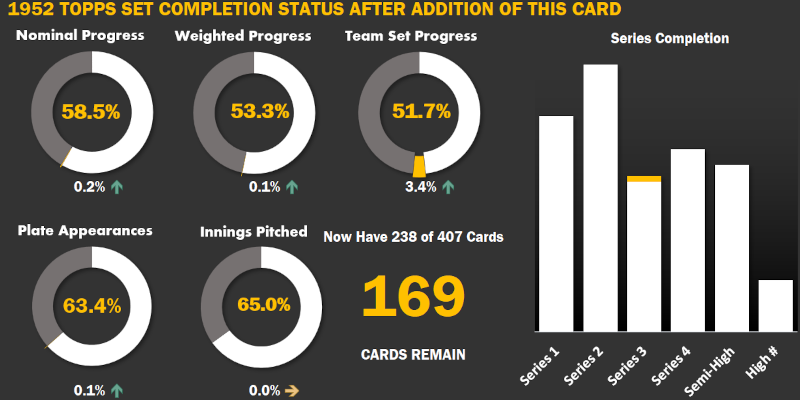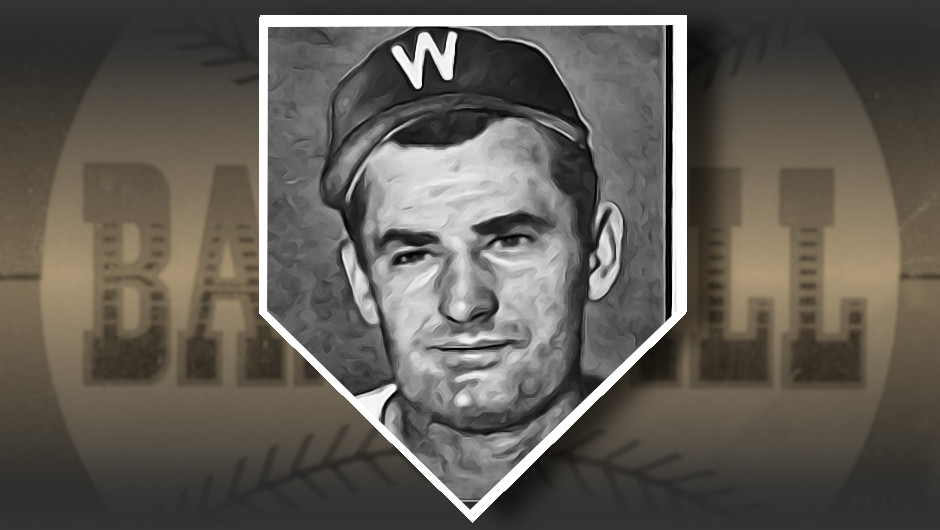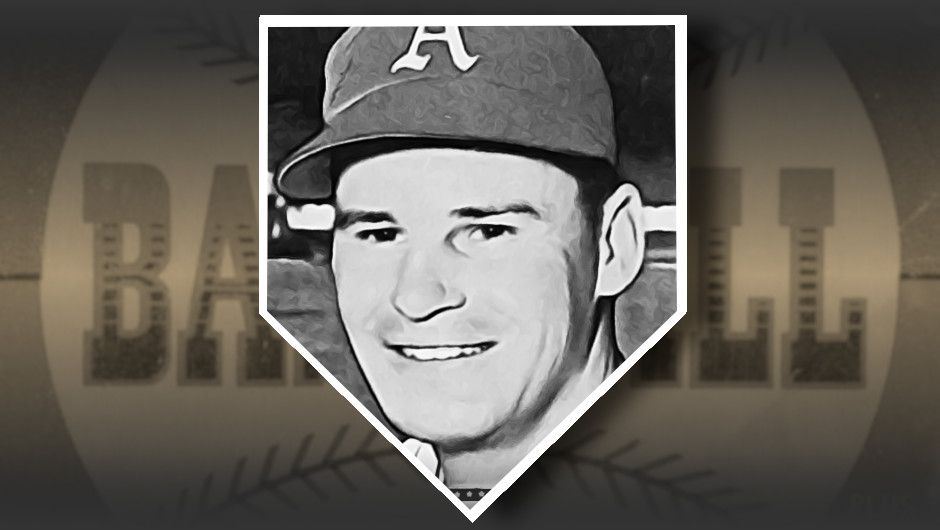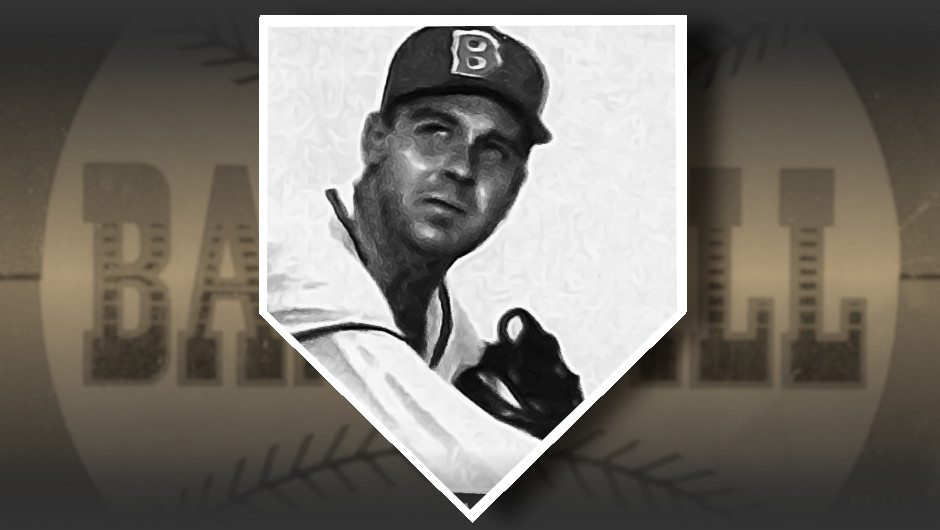In high school I took a girl on a date to watch the movie Titanic. She loved it. So much so that she decided she should start seeing blonde guys instead of me, making its safe to say I was not a Leonardo DiCaprio fan. Instead, I was silently cheering the fact that the film’s love interest pockets an expensive necklace while letting DiCaprio’s character expire of hypothermia.
Years later I still do not like DiCaprio, but have a new appreciation for his character. Why? Because it turns out the role was played by multiple people. An actor named Brett Baker presumably charged a lower rate for his time and was used as a stand-in when DiCaprio was to be drowned or only indirectly face a camera. The title next to his name in the film credits identify Baker as a “photo double.”
The film was all over the place that year and spawned a surprising amount of merchandising opportunities. The glossy advertising inserts that came with our local Sunday newspaper were filled that year with the “exciting opportunity” to own a “genuine diamante” and “real sapphire style” necklace like the one seen in the movie. Pictured behind the knock-off genuine replica necklaces being pitched were body doubles of the film’s stars. Was that Brett Baker holding a jewel-adorned Sarah Franzl in the background? Or had the ad skipped over the doubles appearing in the film in favor of copies of a copy?
Ted Williams’ Photo Double
The Boston Red Sox were in a bit of a predicament in 1952. The team was only one year removed from a 1950 season that ranked the Sox as the highest scoring 20th century team aside from a handful of Murderers’ Row Yankees squads. Leading this attack was Ted Williams who had led the league in slugging in 7 of his last 8 seasons. A WW2 Marine Corps veteran, he was recalled to active duty in January 1952 for service in Korea. He played in six games before shipping off, slugging .900 in the process. Boston’s front office needed to do something, fast.
Tom Yawkey & Co turned to a stunt double to replace Williams. The team had acquired Ken Wood in a trade from the St. Louis Browns just six weeks prior to Williams’ recall notice. The new outfielder had led the Browns in home runs the previous season, knocking 15 baseballs over the fence in 109 games, so there was some reason for hope. Wood batted cleanup in more than a quarter of his career plate appearances despite a career .224 batting average. He even looked like a slugger on the front of his 1951 Bowman baseball card while the biographical text on the back identifies him as one who “likes to swing for the fences.” The short distance to the left field wall only heightened these expectations.
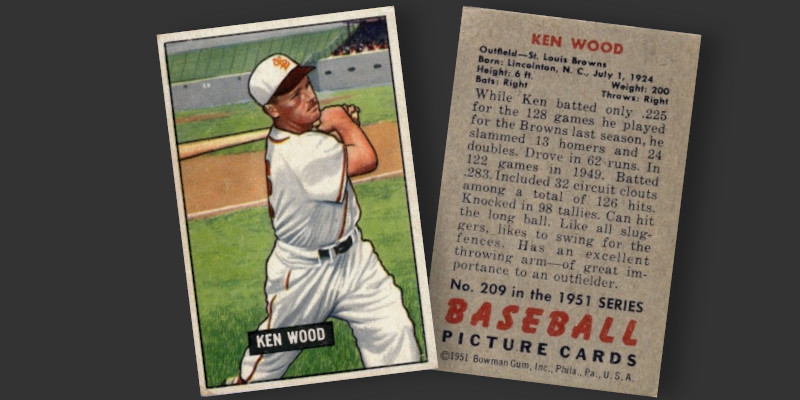
The 1952 season proved to indeed Wood’s finest, though this should be put into context. It was the only year in which he produced a positive number of wins above replacement (+0.4 WAR). That contribution only helped the Washington Senators, as Wood batted (and slugged) a paltry .100 in 15 games for Boston before being traded on a one:one basis for another player with no major league experience.

Wood pretty much washed out in his cameo as Ted Williams’ stunt double. He was never going to match Williams’ batting prowess, with the incumbent Boston outfielder batting .406 across his partial 1952-53 seasons. Boston was hoping to offset part of the departed Williams’ offensive skill with one of the best defensive arms in the game.
Identified primarily as a cleanup hitting slugger, Wood was better known for making spectacular long-distance throws from the outfield to nail overly optimistic runners at the plate, even going as far as to do this twice in the same inning.
Unlike the batting-focused commentary on Wood’s Bowman-issued cards, his appearance in ’52 Topps is focused solely on his outstretched arm. The adjoining biographical text continues the defensive sales pitch, assuring readers that he is an outfielder even as the image on the front looks more natural for a pitcher.

My card was acquired for three bucks via COMC. As is normal with many of their listings of low grade vintage commons, the image quality leaves a bit to be desired. In hand this example has clearly been soaked to facilitate removal from a previous owner’s scrapbook.
The ’52 Topps checklist had a lot of marginal players who only appeared briefly with big league clubs. Wood would play his last MLB game in 1953 before winding down with three additional minor league seasons. My personal rankings identify him as being #325 out of 407 players in the checklist, meaning more than 80 logged less impressive careers. Still, the presence of the glue indicates someone wanted to save this card in their scrapbook. Ted Williams wasn’t there, but his photo double was.
